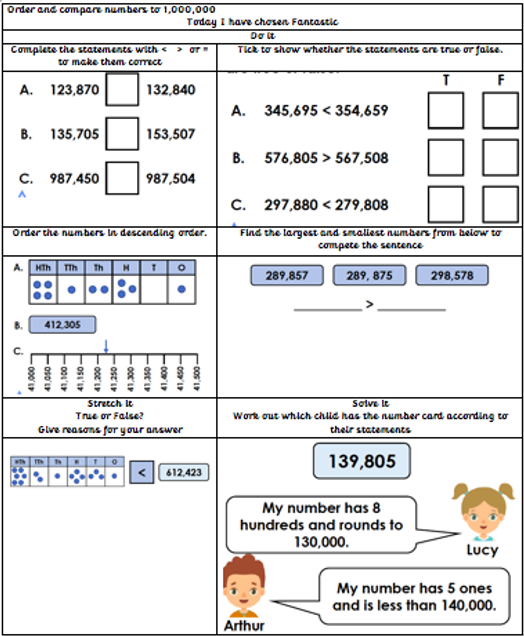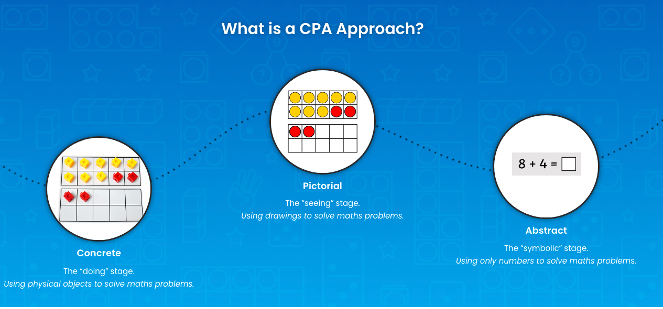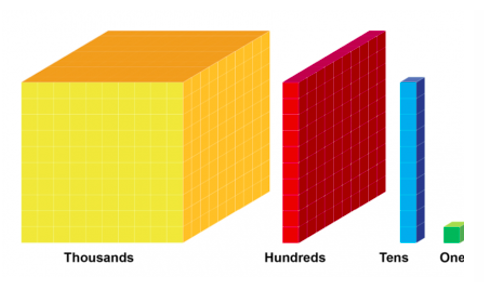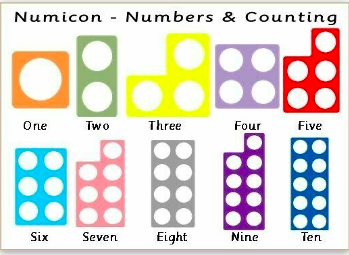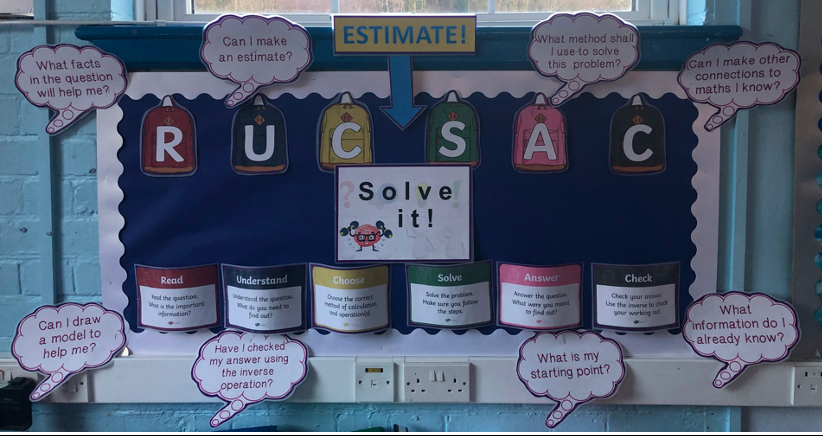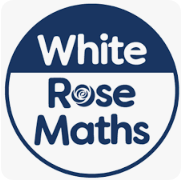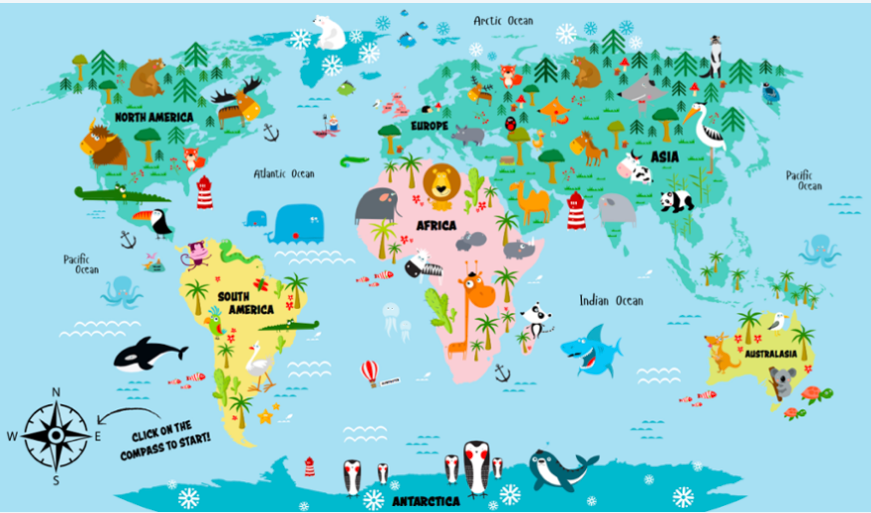Approaches to Maths
How is maths taught at Lydbrook School?
At Lydbrook School, we teach Maths in a way that:
- Delivers Maths in line with National Curriculum guidelines;
- Creates a lively, exciting, stimulating and ‘safe’ environment for all children to achieve;
- Allows opportunities for partner talk in order to engage all children in mathematical discussion and reasoning;
- Encourages children to use mathematical vocabulary to explore and deepen their understanding;
- Challenges children to stretch themselves and take risks in their learning;
- Promotes confidence and competence with children’s understanding of numbers and number relationships;
- Provides children with the opportunity for deepening their understanding through reasoning and problem-solving;
- Fosters a ‘can do’ attitude towards Maths through a Growth-Mindset approach.
Do it, Stretch it, Solve it
At Lydbrook School we have adopted a ‘Do It, Stretch It, Solve It’ approach to lessons and learning tasks. The aim is to ensure that all children develop mastery through frequent opportunities to:
• Become fluent (Do It)
• Reason and explain mathematically (Stretch It)
• Problem solve (Solve It)
Children in KS1 will develop their reasoning and problem-solving skills as part of whole class teaching. Teachers may give children ‘Stretch it’ and ‘Solve it’ questions as part of their learning tasks to extend their reasoning and problem solving independently.
All children in KS2 (from Year 3) have a ‘Stretch it’ and ‘Solve it’ question as part of their independent learning task to further develop their reasoning and problem-solving skills.
The National Curriculum states that:
All pupils should become fluent in the fundamentals of mathematics, including through varied and frequent practice, so that pupils develop conceptual understanding and are able to recall and apply their knowledge rapidly and accurately to problems.
Steps to fluency.
The Concrete, Pictorial, Abstract approach (CPA) is a highly effective approach to teaching that develops a deep and sustainable understanding of maths. The CPA approach builds on children’s existing knowledge by introducing abstract concepts in a concrete and tangible way. It involves moving from concrete materials, to pictorial representations, to abstract symbols and problems.
Concrete Resources
Concrete is the ‘doing stage’ where concepts are brought to life by allowing children to experience and handle physical objects. Number concepts in particular are concrete resources such as Dienes, Numicon or Place Value Counters.
Pictorial
Pictorial is the ‘seeing’ stage. Here, visual representations of concrete objects are used to model problems. This stage encourages children to make a mental connection between the physical object they just handled and the abstract pictures, diagrams or models that represent the objects from the problem.
Building or drawing a model makes it easier for children to grasp difficult abstract concepts (for example, fractions). Simply put, it helps students visualise abstract problems and make them more accessible.
Abstract
Abstract is the ‘symbolic’ stage, where children use abstract symbols to model problems. The abstract stage involves the teacher introducing abstract concepts (for example, mathematical symbols). Children are introduced to the concept at a symbolic level, using only numbers, notation, and mathematical symbols (for example, +, –, x ) to indicate addition, subtraction, multiplication or division. This stage often involves children using their knowledge flexibly and making connections so that the known can be used to work out the unknown.
Reasoning and Problem Solving
Stretch it
We know that talk is an integral part of mastery as it encourages children to reason, justify and explain their thinking. Teachers ensure that the language of reasoning is developed within lessons by giving children opportunities to engage in mathematical discussion with their learning partners in response to questions such as:
- How do you know?
- Convince your partner that…
- Prove that…
- Is this always sometimes or never true?
- Why is ___ correct/incorrect?
Solve it
As part of children’s journey to mastery, they are taught to apply their understanding to solve problems.
Problem solving is modelled by the teacher during maths lessons and forms the final part of children’s learning tasks.
From Year 2 onwards, children are taught to solve word problems using ‘RUCESAC’ - a strategic, step-by-step approach to tackling mathematical word problems.
- Read the question
- Underline important words and understand what the question is asking
- Choose which method is required to solve the problem
- Estimate
- Solve the problem
- Answer the question by looking at the context
- Check your answer against the estimate
Maths Schemes
We know that curriculum content must be well sequenced in order to promote a depth of understanding; teachers plan progressive ‘small steps’ for children to reach the National Curriculum expectations.
The teaching of maths is supported by ‘White Rose Maths’ which is an award-winning scheme for teaching and learning mathematics to young learners. The emphasis of the scheme is for children to develop mathematical thinking skills and solve problems with confidence.
Teachers in KS1 (Years 1 and 2) supplement their planning and teaching with Primary Stars Education which uses a CPA approach with the aim of giving all children the opportunity to work towards mastery.
Current maths themes for each class can be found on the class pages of the school website.
Calculation Progression
Please refer to the ‘Calculation Policy’ tab for our whole school progressive approach to teaching calculation. Our policy has been taken and adapted from White Rose Maths. We have found their calculation policy to be the one which works for the needs of our children and suits the way in which we teach Maths. The use of concrete resources and visuals underpins our calculation policy.
